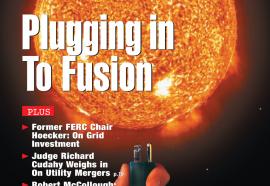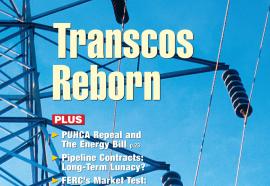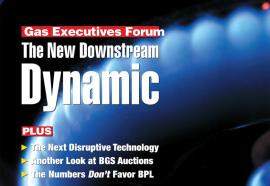Consolidation: Key to the Future?
Why integration may win out in the long run.
In the electric power industry, the urge to merge has gained a new lease on life. These combinations are witness to the powerful forces of consolidation let loose when deregulation makes consolidation a preferred tactic in an uncertain world. But to what extent will government policy encourage or resist this trend? What exactly is the regulatory environment that nurtures combinations or, for that matter, supports fragmentation? As we shall see, there are many cross-currents.









